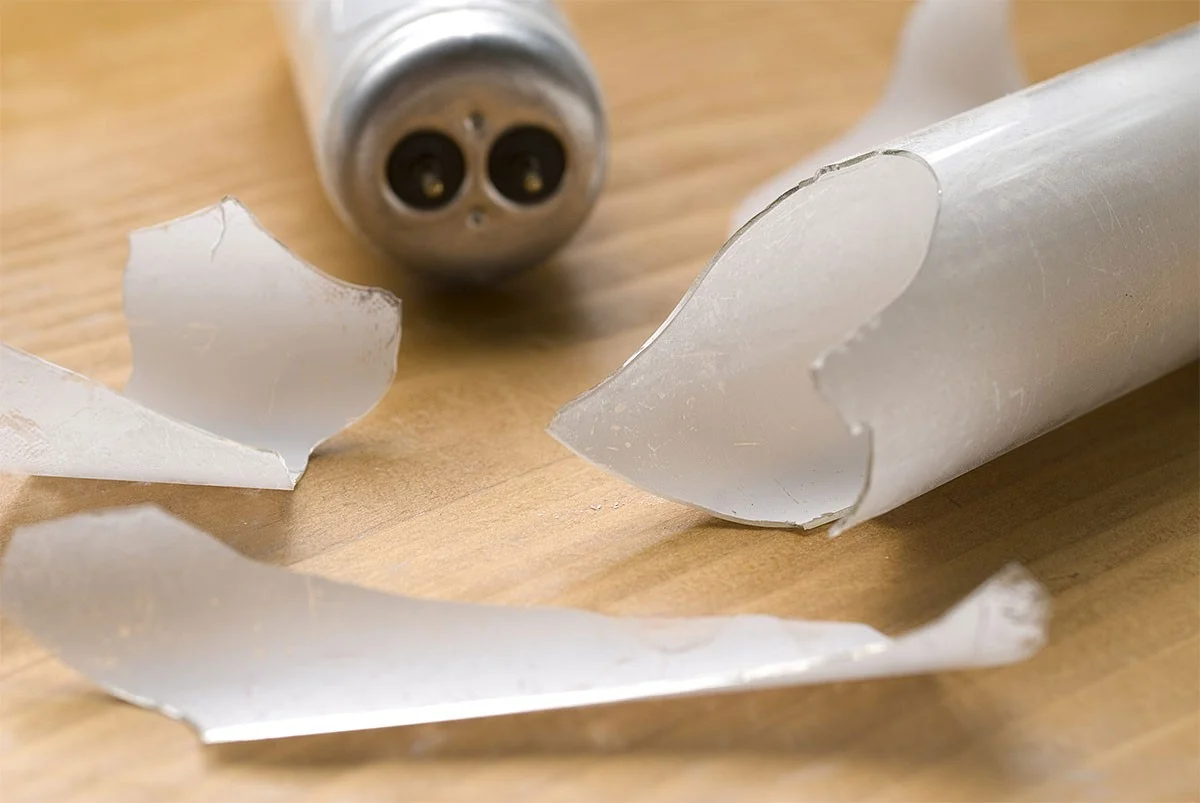23/08/2025
23/08/2025

KUWAIT CITY, Aug 23: In the dim alleys of neglected areas, desperation often drives addicts to search for their next fix in the most unlikely places. Among the strangest and most dangerous trends is the breaking of fluorescent tubelights to inhale or lick the fine white powder lining the glass inside to get “high”.
The powder (known as phosphor) is not a narcotic. Its real purpose is to convert ultraviolet rays into visible light. But myths and misinformation have spread among substance abusers, convincing some that it can create a cheap high similar to street drugs.
Health experts warn that this practice is not only useless as a drug substitute but also deadly. Tubelights contain mercury, a toxic heavy metal that can damage the brain, kidneys, and nervous system. Inhaling or swallowing the powder risks poisoning, seizures, and in extreme cases, death.
Despite the danger, a handful of bankrupt addicts experiment with the powder out of desperation when regular drugs are too expensive or unavailable. Social workers note that in many cases, it is less about the chemical effect and more about psychological expectation and peer influence.
Doctors caution that the short-lived dizziness or nausea some users feel is not a "high" but rather the body’s reaction to poison. “It’s not euphoria, it’s toxicity,” one toxicologist explained. “Every exposure damages vital organs, sometimes permanently.”
Authorities and health advocates stress the need for awareness campaigns to debunk the myth before more lives are lost. For those caught in the cycle of addiction, they say, what lies inside a broken tubelight is not relief, but a ticking time bomb.


